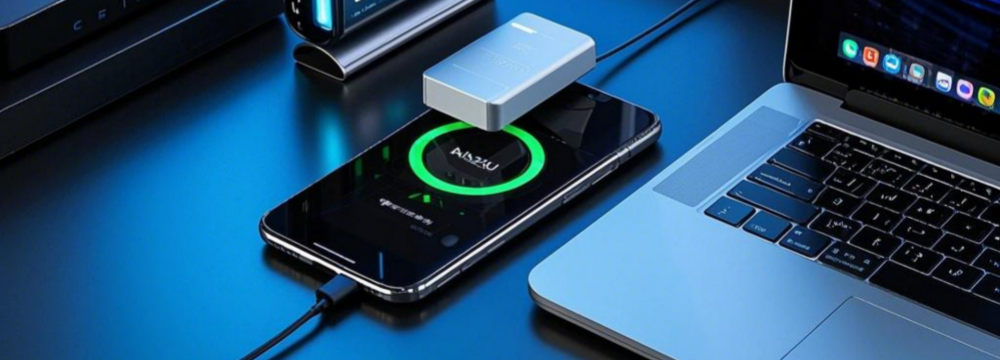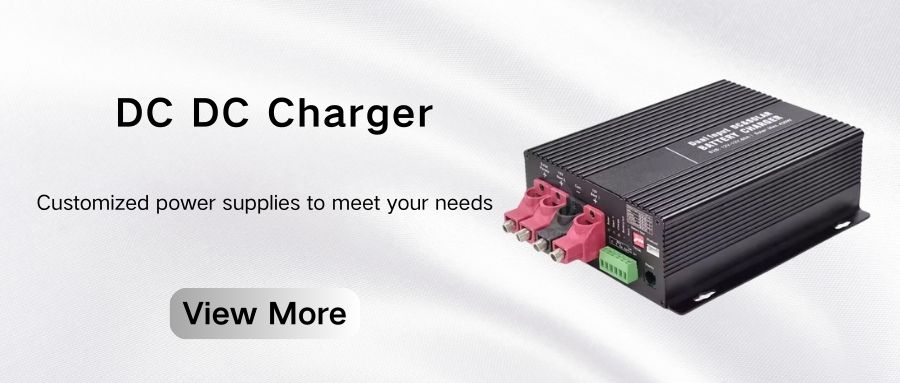A battery charger is a device that replenishes power for various types of batteries and is widely used in daily life and industrial production. The following will introduce its types, usage methods and precautions in detail.
Types of battery chargers
Classified by battery type
Common ones are lithium battery chargers and lead-acid chargers. Lithium battery chargers are specifically used for lithium-ion batteries or lithium polymer batteries, and are suitable for modern electronic devices such as mobile phones, laptops, and cameras. Lead-acid chargers are used for lead-acid batteries, which are commonly found in cars, motorcycles, UPS, etc.
Classified by function
Smart chargers can automatically detect battery status and adjust charging parameters. They have high charging efficiency and little damage to the battery, but the price is relatively high; ordinary chargers are cheap and easy to operate, but they require manual judgment of the charging status, and are prone to damage to the battery due to improper operation. In addition, there are pulse chargers, which use pulse charging technology to effectively remove the sulfide of the battery plates and improve the battery performance. It has a good repair effect on batteries that have been used for a long time and have decreased performance.
How to use the battery charger
Car battery charge
Before use, check whether the charger plug and wire are intact, and check whether the specifications and parameters of the charger match the car battery. When connecting, first connect the positive pole of the charger to the positive pole of the battery, then connect the negative pole, and select the appropriate charging mode and charging current according to the battery status and charger function. During the charging process, pay close attention to the battery temperature and the working status of the charger. If any abnormality is found, stop charging immediately. After charging is completed, disconnect the charger from the power supply first, and then remove the positive and negative clamps.
Electric vehicle charger
When using, it should be used exclusively for the vehicle, and avoid changing or mixing chargers at will. Before charging, plug in the DC output plug of the charger first, and then plug in the AC 220V plug; when stopping charging, unplug the AC 220V plug first, and then unplug the DC output plug. At the same time, pay attention to the use environment of the charger. It should be placed in a dry and ventilated place to avoid strong collision and vibration.

Precautions for battery chargers
Choose a suitable charger: Batteries of different types and specifications need to be matched with corresponding chargers. For example, lithium battery chargers and lead-acid chargers cannot be mixed, otherwise the battery may be damaged or even cause safety accidents.
Pay attention to the charging environment: The charger should be used in a dry, well-ventilated place away from flammable items. Avoid charging in a humid, high-temperature or fire-prone environment to prevent short circuits, fires and other dangers.
Follow the correct operating sequence: When connecting the charger, pay attention to the correct connection of the positive and negative poles to avoid reverse connection. After charging is completed, disconnect in the correct order, unplug the power plug first, and then remove the connection clip between the charger and the battery.







